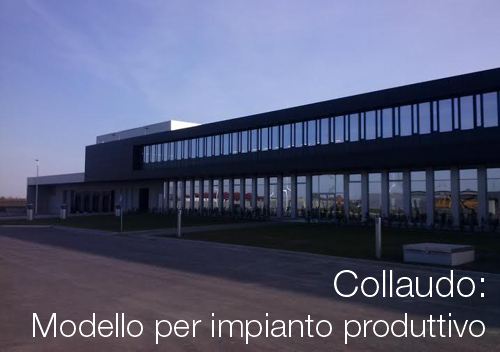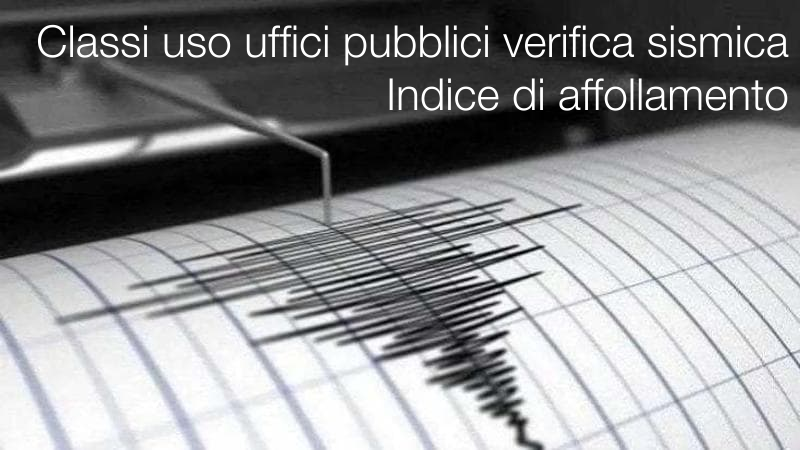Guida ANCE - Agibilità degli edifici

Guida ANCE - Agibilità degli edifici
ANCE, Dicembre 2021
La guida esamina l'evoluzione della normativa, a partire dal RD n. 1265/1934 fino al D.lgs n. 222/2016 e la giurisprudenza in materia di agibili...
ID 18592 | EnVIE 10 February 2009
Executive Summary
Background
People want to live longer, healthier, in an environment of low involuntary risks, and at an affordable cost. Urban environmental policies should, therefore, manage the determinants of health as far upstream as possible and improve citizens’ quality of life’. People are exposed to a multitude of chemical, physical and biological stressors in their environment, some of which are apparently harmless, others of low health significance, and some incur significant risks to health, especially for vulnerable individuals. Human exposure to environmental contaminants occurs via various pathways (air, water, food...) and routes of entry (inhalation, ingestion and dermal). Exposure via air occurs outdoors and in different indoor microenvironments; e.g. home, workplace, transport. Knowing the relative contributions of these exposure pathways, routes of entry and microenvironments to total exposure is essential for effective risk management and resource allocation.
Roles of Buildings, Indoor Air and Ventilation in Air Pollution Exposures and Risks
Modern European citizens spend - on average - over 90% of their time indoors. Indoor air originates from outdoors, carrying outdoor air contaminants indoors with varying degrees of penetration: some are effectively transferred indoors (e.g. for PM2.5 penetration ranges from 50-90%), others are adsorbed on indoor surfaces or readily react with indoor air copollutants (e.g. ozone). Also indoor environments contain sources of contaminants that, due to the low air exchange rates compared to outdoor environments can cause relatively high pollutant levels. Indoor environments have been widely studied for a range of chemicals and biological contaminants; in the presence of indoor sources, indoor contaminant concentrations are higher, sometimes 10 or 20 times higher (e.g. formaldehyde) than the respective outdoor air levels. The combination of the generally higher indoor concentrations and the overwhelming fraction of time spent indoors results in the overall domination of indoor air in air pollution exposures regardless of whether the sources are indoors or outdoors.
Radon is a natural and carcinogenic air contaminant, which is drawn into the indoor air by the air pressure gradient caused by the normally low indoor relative to outdoor air pressure.
Indoor air radon concentrations often exceed outdoor air levels by 1, 2, or even 3 orders of magnitude. Indoor exposures to allergens from outdoor sources - e.g. pollen – can affect sensitive individuals. The sources of other allergenic substances, e.g. moulds, are often found indoors. While the building – in particular when moisture persists in its structures - is the cause of the latter, it may, at the same time, significantly reduce the former exposures; such reductions can be significantly enhanced by the ventilation equipment, indoor space cleaning and occupant behaviour.
The function of ventilation is to ensure fresh indoor air with low levels of contaminants from any indoor sources (e.g. human metabolism, occupant activities, consumer products, furnishing, building equipment and materials). Yet, ventilation also draws in more or less polluted outdoor air, the ventilation system may itself be contaminated and a source of pollution, insufficient ventilation may cause moisture to condense and accumulate, 10 unbalanced ventilation results in uncontrolled air leaks and sometimes radon build-up, and excessive ventilation with no heat recovery wastes energy.
Air Quality Policies & Indoor
Air in Europe European air quality policies have devoted most of their efforts to controlling urban outdoor air concentrations of regulated air pollutants derived from heat and power generation, industrial processes and traffic. Although there is no reason to relax society’s preoccupation with these issues, it is now recognized that new policies should be focussed on indoor exposures to identify, control and eliminate the indoor sources of pollution, and also to reduce exposure to air pollutants of outdoor origin. For most volatile organic compounds, the focus should be on the indoor sources, building materials, consumer products and occupant activities. In the case of nitrogen dioxide and fine particulate matter, both indoor source control and filtration of the outdoor air may be considered. Exceedances of European and National outdoor air carbon monoxide standards are becoming rare, yet dangerous carbon monoxide exposures are still occurring and are currently caused almost exclusively by indoor combustion sources.
National air quality policies on indoor air have until recently consisted of scattered regulations on building materials and equipment, heating, ventilation, and air conditioning equipment, ventilation rates and concentration guidelines on a few chemicals (mainly formaldehyde and radon). New EU policies on chemicals (REACH; 2006/121/EC), consumer products (GPSD; 2001/95/EC), construction products (CPD; 89/106/EC) and energy performance of buildings (EPBD; 2002/91/EC) all refer to IAQ issues - suggesting that they could, and probably should, contribute to IAQ policy development.
Since 1987, indoor air issues in Europe have been broadly covered by the 26 reports of the European Concerted Action on “Indoor Air Quality and its Impact on Man” (renamed in 1999 “Indoor Air, Human Exposure and Urban Environment”). DG SANCO funded the JRC/IHCP coordinated INDEX project (2002-2005), which for the first time in Europe evaluated the indoor air chemicals for which exposure and health data were available in Europe, and recommended indoor air quality policies for a shortlist of chemicals consisting of formaldehyde, benzene, nitrogen dioxide, carbon monoxide and naphthalene.
Biological contaminants, radon and environmental tobacco smoke were not included in the EnVIE analysis, mainly because specific policies and regulations already exist for these pollutants. In 2006, WHO/Europe initiated the preparation of Indoor Air Quality Guidelines, expected for 2009-10.
Objectives and Approach of EnVIE
The aim of the EnVIE project is to increase the understanding of the Europe-wide public health impacts of indoor air quality by identifying the most widespread and significant indoor causes for these health impacts and evaluating the existing and optional building and housing related policies for controlling them. It addresses in particular how indoor air quality might contribute to the observed rise in asthma and respiratory allergy, together with other acute and chronic health impacts. The intention is not to conduct new experimental or field research, but rather to build on the broad scientific experience and the wealth of accumulated literature from the domestic and international indoor air research projects as well as the EU, WHO, ISIAQ and CIB committees and expert groups during the past 20 years.
Many previous indoor air quality and policy assessments have taken specific contaminants or indoor sources as the starting point. The logic behind this is the flow of molecules from 11 sources via the environment to exposure, whole body dose, target organ dose, and the consequent health outcome. EnVIE follows an opposite logic, starting from consideration of the most pronounced indoor air related health outcomes (which may have also other sources and causes), then identifying the most widespread indoor air exposures that are likely to cause these health outcomes and the most common sources which dominate the indoor air exposures. The intention was to focus from the start on those indoor air quality issues that have the highest Europe-wide health relevance. Having defined a shortlist of such “reverse” indoor health-exposure-source chains, the project evaluates the policy alternatives for minimising both unwanted health consequences, in terms of achievable public health benefits, and invasiveness, while taking into account political, legal, technological, economical and social feasibility. A further outcome is the identification of a set of highly advisable and feasible indoor air quality policy options for Europe. Europe-wide applicability brings the benefits of enhanced competition in a broader marketplace.
Health Policy Gains from IAQ Policies
Although many IAQ policies depend on and/or overlap with others, the public health benefits that could be achieved by each policy are here each assessed individually. This assessment does not consider the costs or political feasibility of the policies, and it is assumed that each policy is fully implemented throughout the building stock. The assessment follows the EnVIE concept, beginning with the shortlist of health impacts. Likely public health gains, represented by DALY* reductions, which could be achieved by the selection of different general and specific indoor air quality policies, are calculated.
...
add more in attachment
Collegati

ANCE, Dicembre 2021
La guida esamina l'evoluzione della normativa, a partire dal RD n. 1265/1934 fino al D.lgs n. 222/2016 e la giurisprudenza in materia di agibili...

ai sensi dell’art. 10 del D.P.R. 160/2010, lettera b)
Il collaudo, previsto per alcuni lavori pubblici, ha, soprattutto, una valenza tecnico-amministrativa e ha...

ID 24014 | 23.05.2025 / In allegato
Criteri per la definizione del normale affollamento e dell’affollamento significa...
Testata editoriale iscritta al n. 22/2024 del registro periodici della cancelleria del Tribunale di Perugia in data 19.11.2024